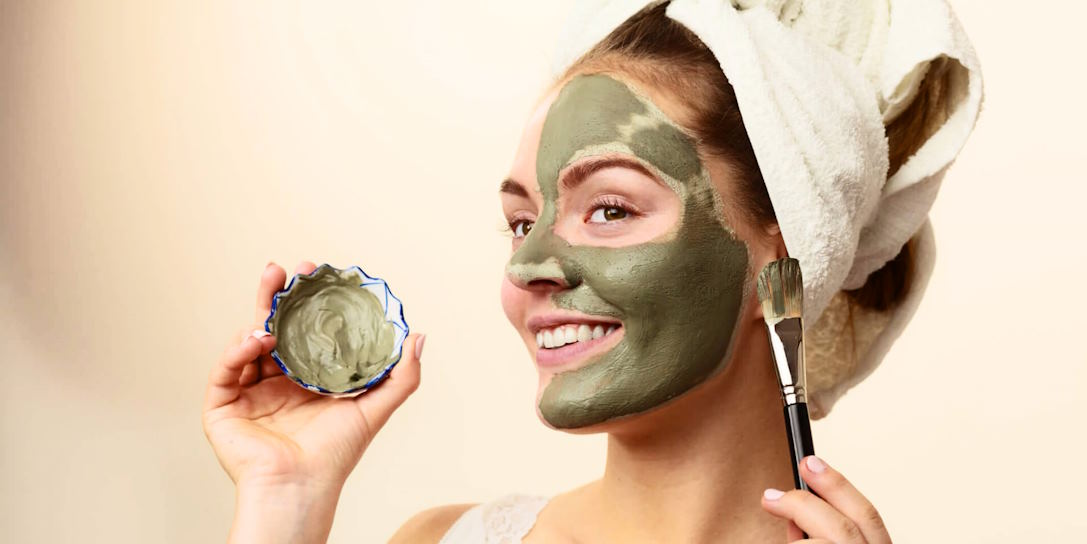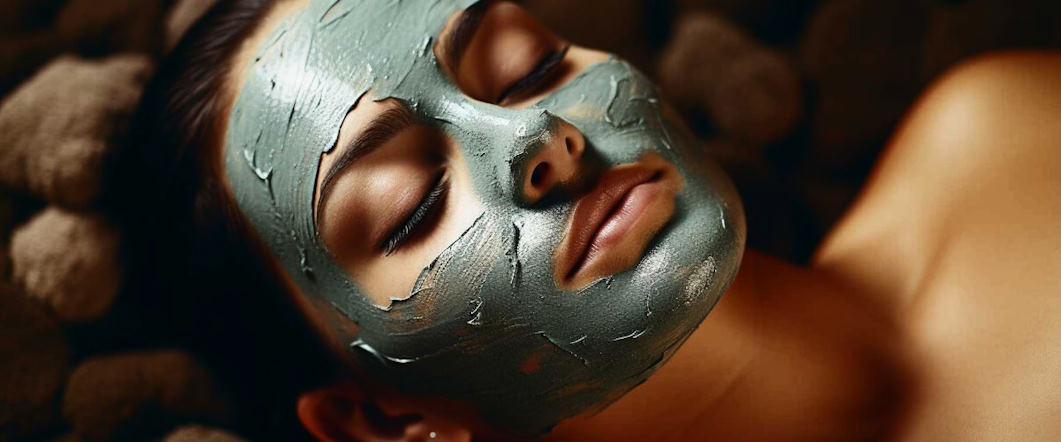
Are Clay Facial Masks Really Efficient?
In recent times, clay facial masks have surged in popularity within the skincare realm, hailed as a solution for diverse skin woes and promising a plethora of advantages in attaining clearer, healthier skin. However, amidst the fervor encircling these products, a pertinent question persists: Do they genuinely deliver on their proclaimed efficacy?
How can clay facial masks be useful?
Deep Cleansing
Clay’s porous nature enables it to effectively absorb surplus oil, dirt, and impurities from both the skin’s surface and its pores. This deep-cleansing prowess aids in eliminating buildup responsible for clogged pores, breakouts, and lackluster complexion, resulting in a refreshed and rejuvenated skin feel.
Pore Refining
As clay draws out impurities and tightens the skin, it can temporarily reduce the visibility of pores, resulting in a smoother and more refined complexion. Regularly using clay masks can help maintain the clarity and tightness of pores over time.

Oil Control
Clay masks are an excellent tool for regulating sebum production for those with oily or combination skin. By absorbing excess oil from the skin’s surface, clay masks help to mattify the complexion and prevent shine throughout the day. This oil-controlling effect can also reduce the likelihood of breakouts and keep the skin balanced and healthy.
Soothing and Calming
Certain types of clay, such as kaolin and bentonite, possess natural soothing properties that make them beneficial for sensitive or irritated skin. These clays help to calm inflammation, reduce redness, and alleviate discomfort, making them ideal for use after exposure to environmental aggressors or harsh skincare products.
How often should you use a clay mask?
The frequency of clay mask usage depends on several factors, including your skin type, sensitivity, and the specific formulation of the mask. As a general guideline, those with normal to oily skin can use a clay mask 1-3 times weekly to help balance oil production and minimize breakouts. For combination skin, focus the mask on oil-prone areas like the T-zone, limiting usage to 1-2 times per week. To prevent over-drying or irritation, dry or sensitive skin types should use clay masks sparingly, about once a week, or less frequently. Acne-prone skin may benefit from more frequent use, up to 2-3 times per week, to help control breakouts and inflammation. Monitor your skin’s response and adjust usage accordingly to avoid adverse reactions.

 Find your beauty inspiration with Lumination Salon. Our blog covers a wide range of topics from skincare to makeup, offering expert guidance to help you achieve your dream look.
Find your beauty inspiration with Lumination Salon. Our blog covers a wide range of topics from skincare to makeup, offering expert guidance to help you achieve your dream look.